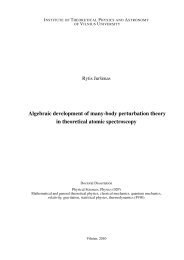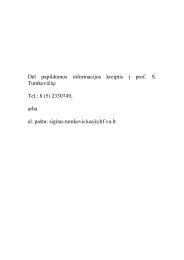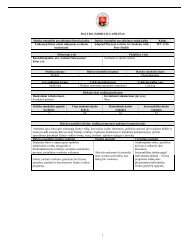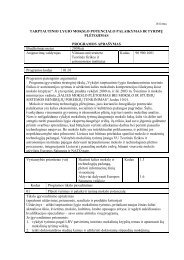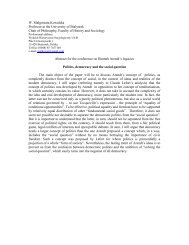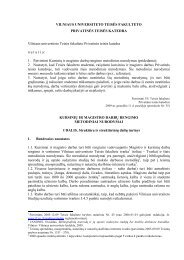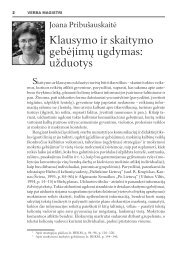Problem 6 Atomic and molecular orbitals - PianetaChimica.it
Problem 6 Atomic and molecular orbitals - PianetaChimica.it
Problem 6 Atomic and molecular orbitals - PianetaChimica.it
Create successful ePaper yourself
Turn your PDF publications into a flip-book with our unique Google optimized e-Paper software.
33 rd International Chemistry Olympiad ∗ Preparatory <strong>Problem</strong>sPeak pos<strong>it</strong>ions <strong>and</strong> relative intens<strong>it</strong>ies of individual lines in the 1 H NMRspectrum (400 MHz) of BLine (ppm) Relativeintens<strong>it</strong>yLine (ppm) Relativeintens<strong>it</strong>y1 6.535 1 8 3.870 12 6.505 1 9 3.525 13 6.495 1 10 3.505 14 6.465 1 11 3.495 15 3.930 1 12 3.475 16 3.910 1 13 3.000 127 3.890 1a. Label the unknown compounds in the bottles w<strong>it</strong>h IUPAC names, using theNMR spectra given in the figure.b. In the 1 H-NMR spectrum of B, assign the peak pos<strong>it</strong>ions to specific protons.c. Calculate the spin-spin coupling constants for protons of compound B.d. Convert the peak pos<strong>it</strong>ions of the first four lines into Hz (refer to theTable).What will be the peak pos<strong>it</strong>ions of these lines in Hz, if the spectrum isrecorded on a 600 MHz instrument?e. Draw the possible structure of Meldrum's acid.f. Meldrum's acid has pK a = 4.83. Explain the acid<strong>it</strong>y of Meldrum’s acid.g. Give the structure of the condensation product of Meldrum's acid w<strong>it</strong>h anaromatic aldehyde.2424Mumbai, India, July 2001






